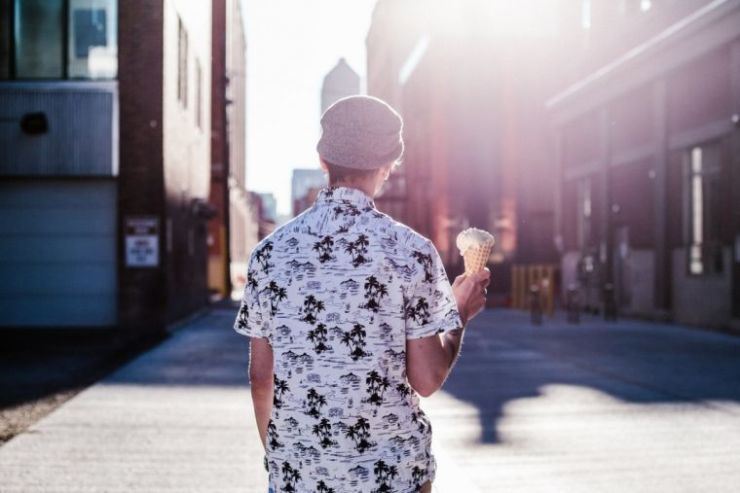
What does it mean to be a man in the 21st century? With the lines between male and female increasingly blurred, Martin Saunders attempts to answer this question in his new book, The Man You Were Meant to Be, an excerpt of which can be read below:
Sixty years ago or so, there'd have been a very clear set of assumptions about what [being a man] would have meant, and what society was expecting of you. From the moment you'd been wrapped in your blue blanket and introduced to a playroom filled with soldier figures, toy cars and little wooden play tools, your path to manhood would have been clearly marked out for you. Your identity as a male was set and defined.
There would be a set of suggested professions for you, a list of pre-approved hobbies and pastimes. Even the alcoholic drink that you'd be designated to enjoy when you reached 18(ish) was picked out for you. There would be expectations around your favourite sports (or even the idea that you enjoyed sport at all), although there might be some degree of choice there as long as you didn't pick badminton.
And perhaps most crucially, the expectations around your behaviour, and your relationship with the opposite sex, were already set. Now, there were plenty of guys born 60 years ago who rebelled against some or indeed all of those presets. Men who went into nursing, or primary school teaching, or another traditionally female-dominated profession; guys who discovered how to treat their partners with love and equality; fellas who threw themselves into needlework or netball. But they wouldn't have done so without resistance. They'd have faced mockery – and perhaps worse – for their counter-cultural choices; for not allowing themselves to be bound by gender stereotypes.
For the most part, men followed the path set out for them. Not necessarily because it was easy – imagine being a football-hating, sensitive poet growing up in a family of season-ticket-holding lumberjacks – but because it was recognized as 'true masculinity'. There was a way through growing up, which was recognized as becoming and taking on the identity of a young man.
What's followed over the past 60 years has been a mix of revolution and rebalancing. The boundaries of social expectation were first relaxed and then shifted through the decades that followed the Second World War, and then the digital revolution arrived to change everything. All through that time, questions have rightly been asked of that red meat-gnawing, emotionally stunted, power-crazed vision of masculinity. So much so, that we all now recognize it as a historical relic; a comic stereotype of a flawed version of manliness.





